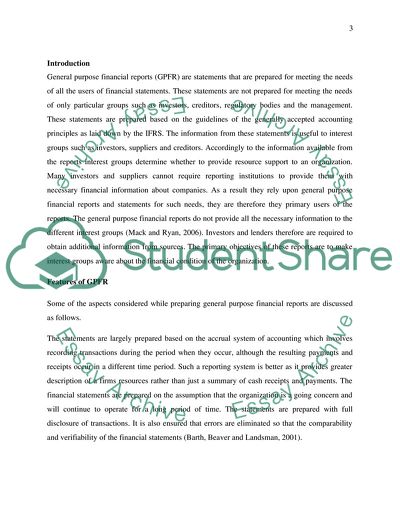Cite this document
(Government and not for profit accounting Assignment, n.d.)
Government and not for profit accounting Assignment. https://studentshare.org/finance-accounting/1829637-government-and-not-for-profit-accounting
Government and not for profit accounting Assignment. https://studentshare.org/finance-accounting/1829637-government-and-not-for-profit-accounting
(Government and Not for Profit Accounting Assignment)
Government and Not for Profit Accounting Assignment. https://studentshare.org/finance-accounting/1829637-government-and-not-for-profit-accounting.
Government and Not for Profit Accounting Assignment. https://studentshare.org/finance-accounting/1829637-government-and-not-for-profit-accounting.
“Government and Not for Profit Accounting Assignment”. https://studentshare.org/finance-accounting/1829637-government-and-not-for-profit-accounting.


